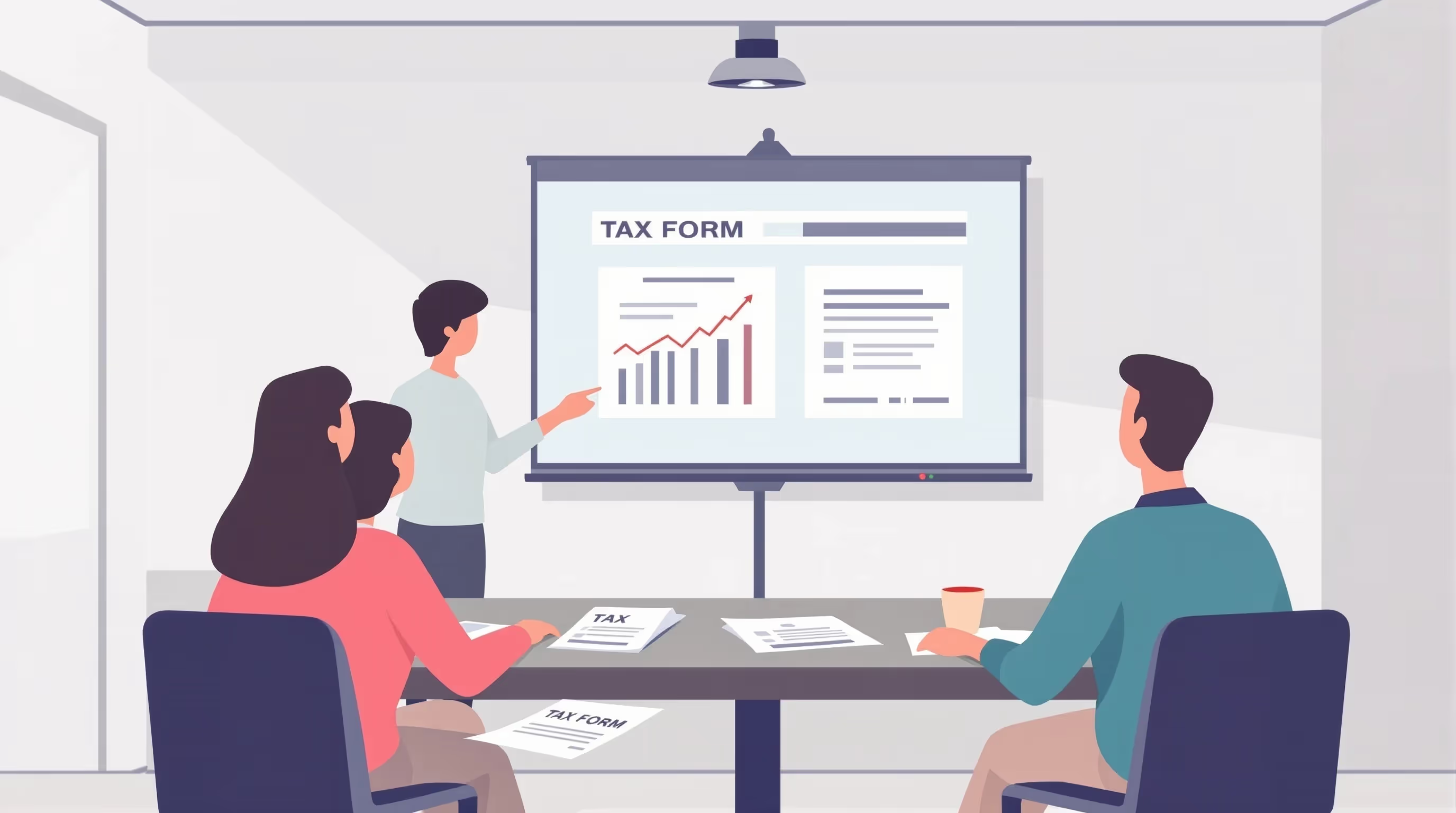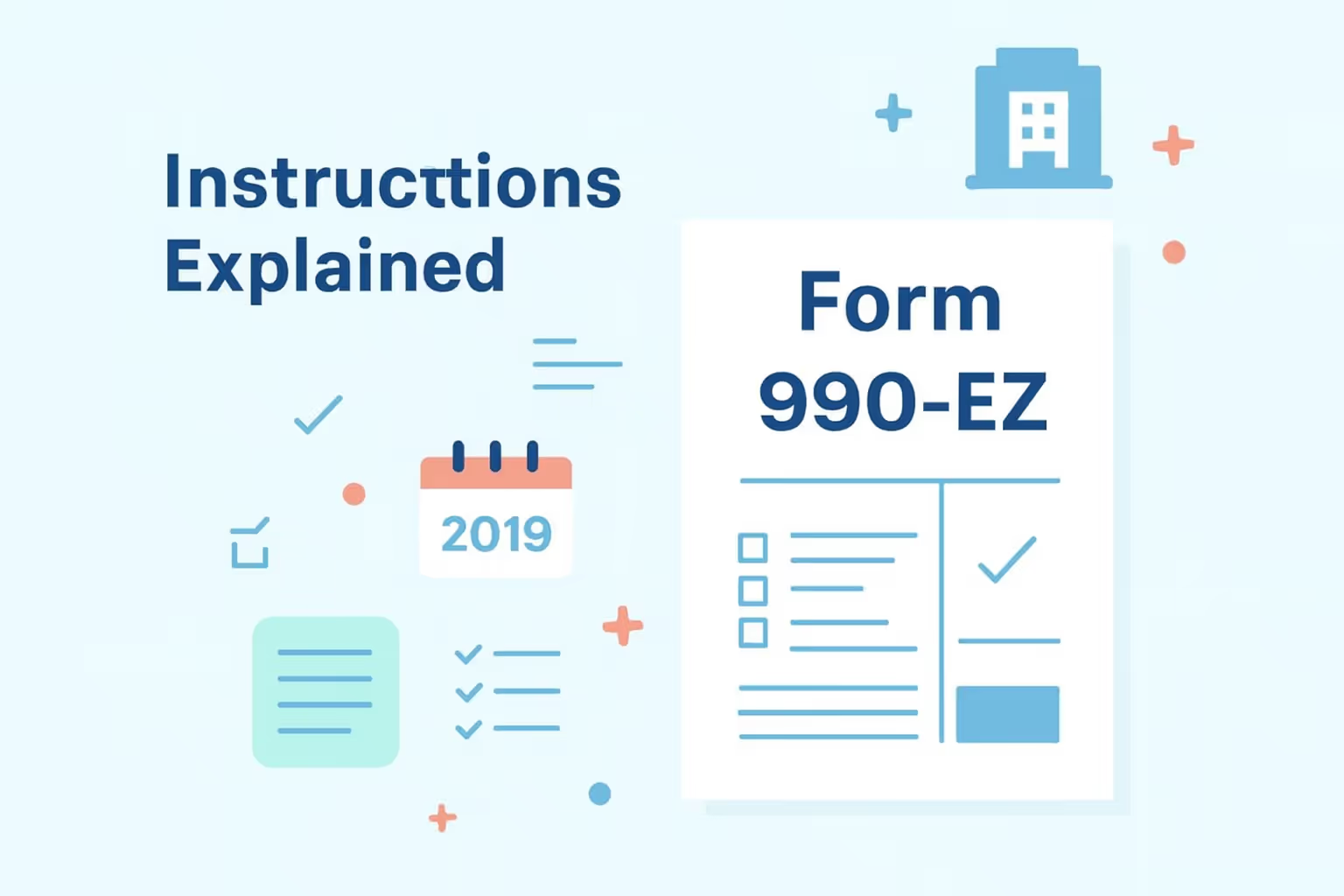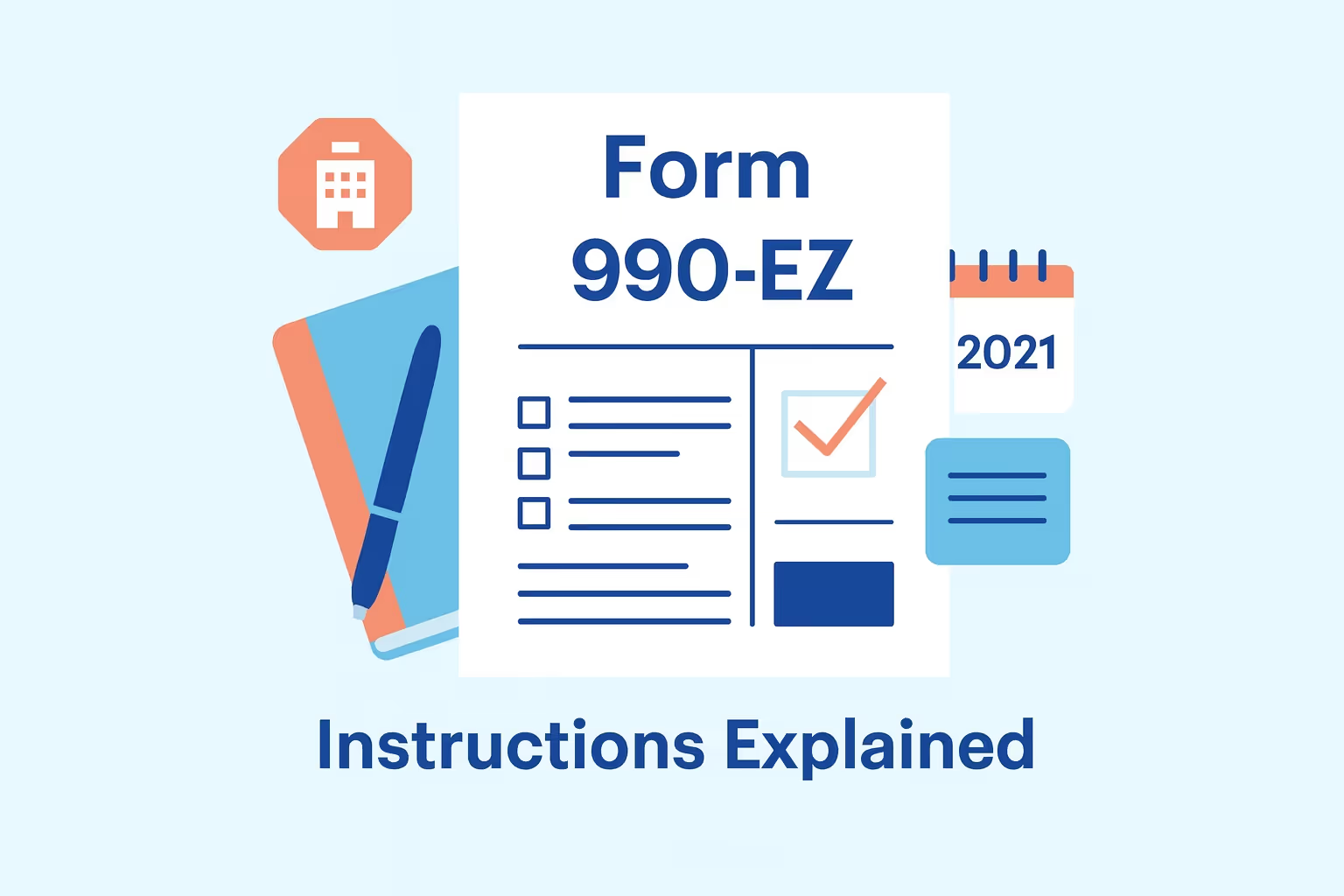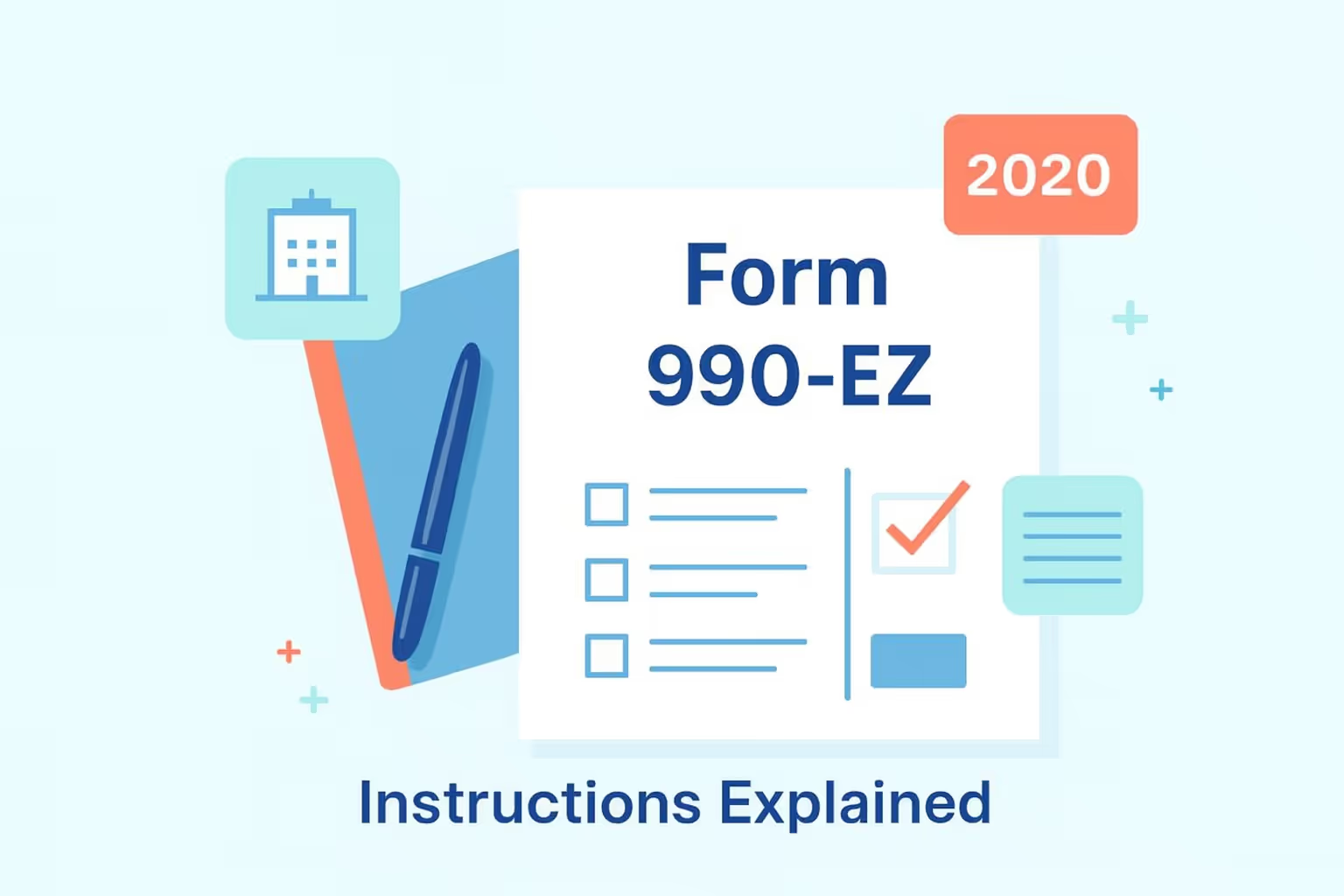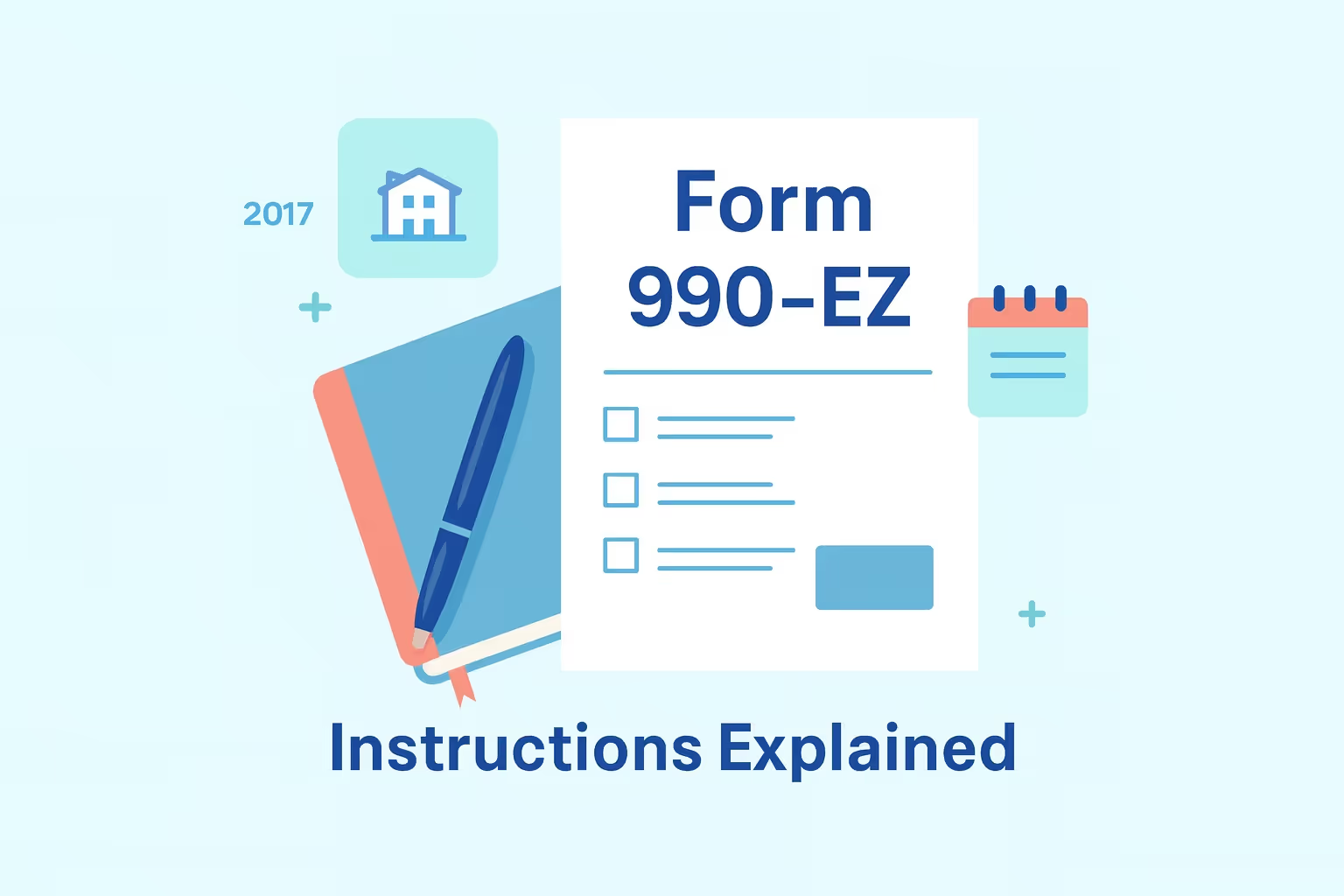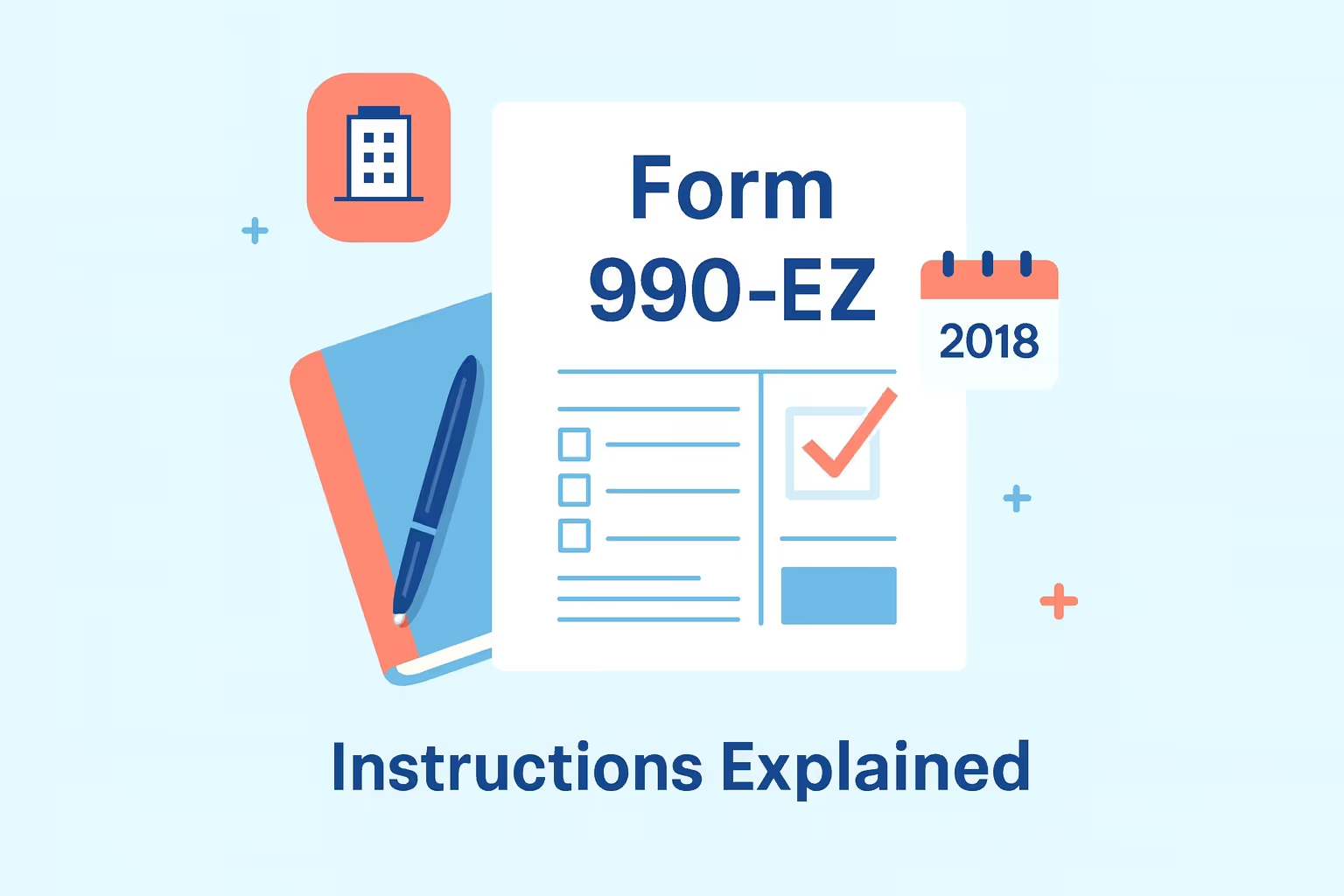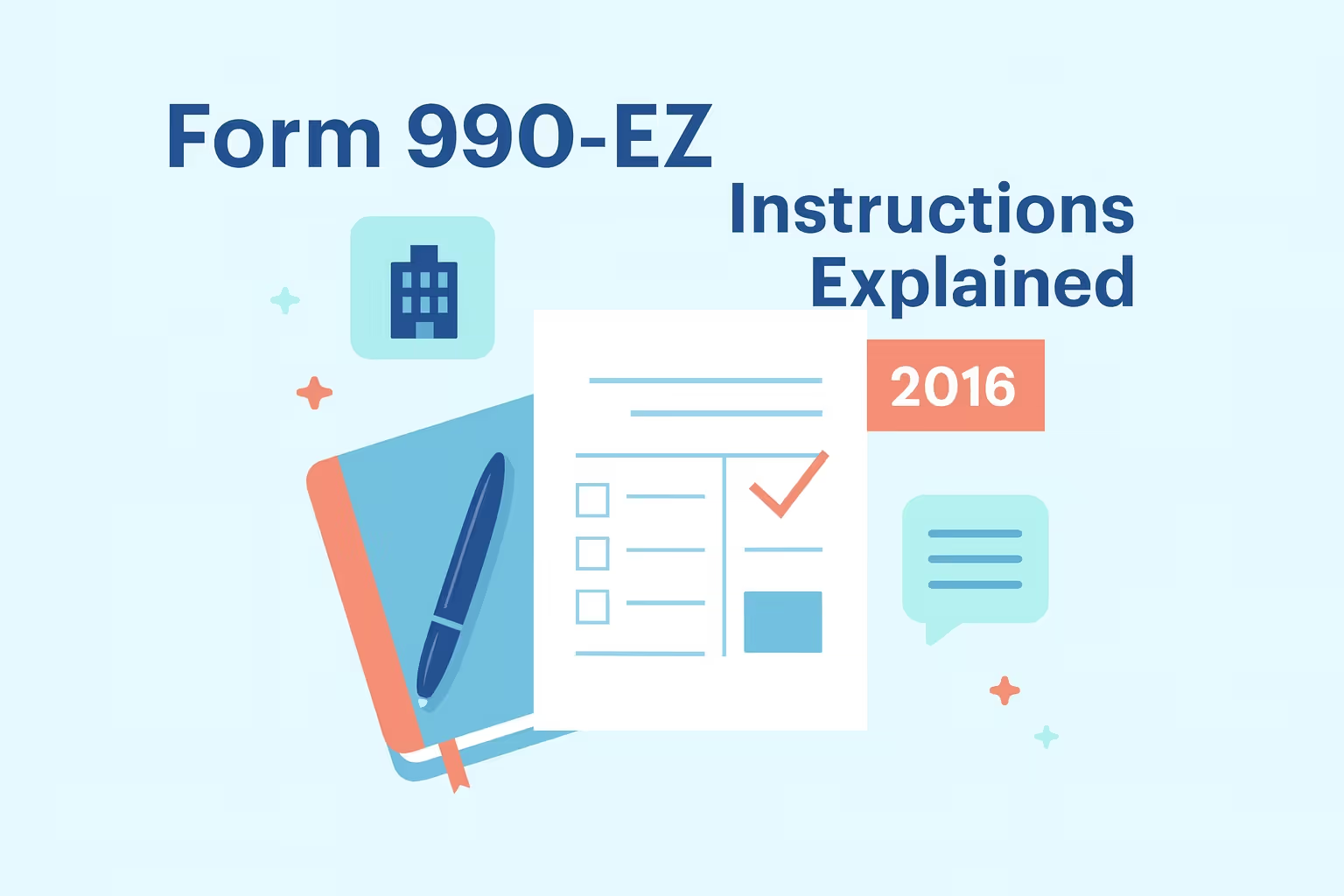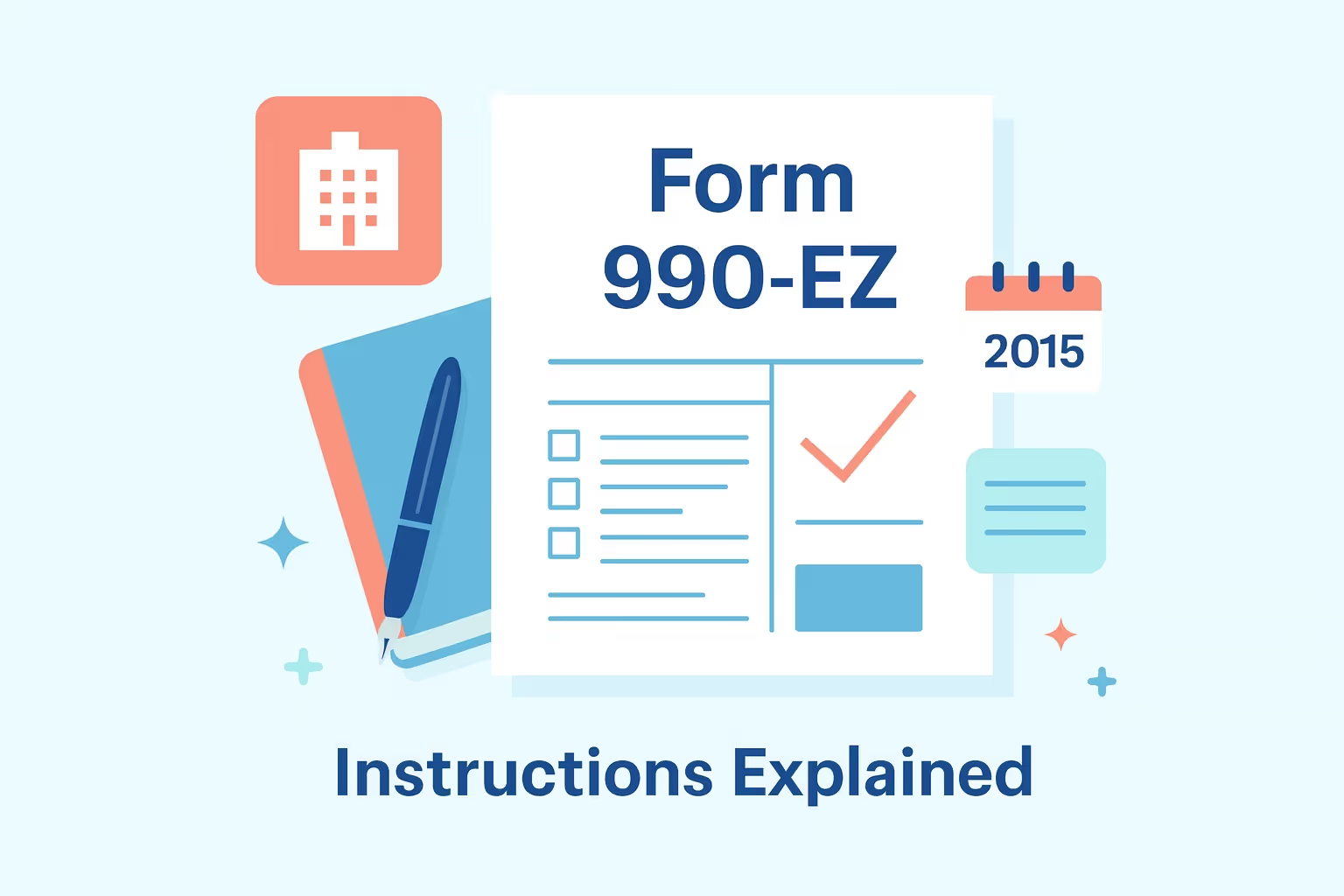
What IRS Form 990-EZ (2022) Is For
IRS Form 990-EZ (2022) is designed for smaller tax-exempt organizations to report their financial activities to the IRS. Organizations with total assets under $500,000 and gross receipts below $200,000 can use this simplified form instead of the more detailed Form 990. The form provides essential supplemental information regarding income, expenses, and governance, ensuring that organizations maintain compliance with income tax laws while preserving their tax-exempt status.
Nonprofits that qualify for Form 990-EZ can use a simplified process to meet IRS filing requirements efficiently. Filing this form ensures that organizations fulfill their reporting obligations without the complexity of longer forms.
When You’d Use IRS Form 990-EZ
IRS Form 990-EZ is required for tax-exempt organizations with gross receipts of less than $200,000 and total assets under $500,000 at the end of the tax year. Organizations that qualify for this form must file it to maintain their tax-exempt status and ensure compliance with income tax laws. If your organization qualifies, the form simplifies the process by requiring fewer schedules than the complete Form 990, such as Schedule O.
If your nonprofit misses the filing deadline for three consecutive years, it risks losing its tax-exempt status. You can request an extension if you need more time to submit the form. Address these requirements promptly to avoid issues with donors or partners. Timely filing helps maintain trust and ensures compliance with the IRS.
Key Rules or Details for 2022
Filing IRS Form 990-EZ for 2022 requires all returns to be submitted electronically, except when the IRS grants a paper filing extension. Organizations that exceed the income or asset thresholds for gross receipts or total assets must file the complete Form 990 instead. Missing the filing deadline for three consecutive years can lead to a determination of noncompliance, risking the loss of tax-exempt status.
Nonprofits must be aware of the penalties associated with late filings. The IRS imposes a daily fine of $20 for smaller organizations, with penalties rising to $110 per day for those with receipts over $1,129,000.
- Submit your return electronically unless you are granted an extension.
- Failing to meet deadlines for three consecutive years can result in noncompliance.
- Ensure your organization remains compliant to avoid losing tax-exempt status.
Step-by-Step (High Level)
Filing IRS Form 990-EZ involves several essential steps to ensure compliance. First, obtain prior tax transcripts, if necessary, using Form 4506-A. Next, complete the form by entering accurate financial data in Part I for revenue and Part II for expenses, attaching any required schedules such as Schedule O. After completing the form, submit it electronically through an IRS-approved e-filing provider. Paper filing is not accepted unless an exception is granted.
- Gather the necessary documents, including prior returns and financial records.
- Complete the form according to the IRS instructions and attach the required schedules.
- Submit the form electronically using an IRS-approved e-file service.
Timely filing helps maintain your nonprofit’s tax-exempt status. Keep a copy of the completed return for your records.
Common Mistakes and How to Avoid Them
Accurate filing of IRS Form 990-EZ is crucial to avoid penalties and maintain tax-exempt status. One common mistake is leaving blank fields, which can lead to rejection. Always enter "0" or "N/A" when applicable. Another issue arises when organizations mistakenly file Form 990-EZ when they exceed the income or asset thresholds. Ensure eligibility before proceeding.
- Confirm that all required schedules, including Schedule O, are included.
- Double-check that all reported figures are accurate.
- Submit the form electronically unless you are granted a paper filing extension.
These steps ensure accurate filing and help prevent costly penalties. Timely submission with all required information is vital for compliance.
What Happens After You File
Once IRS Form 990-EZ is filed, the IRS will begin processing the return electronically. If there are no issues, your filing is generally processed within a few months. However, if there are discrepancies or missing information, you may receive an explanation or request for clarification from the IRS. The return is made publicly available, and organizations must be prepared for potential reviews.
- You may receive a letter from the IRS if there are issues with your submission.
- Filing on time ensures that your tax-exempt status remains in good standing.
- Timely filing helps avoid penalties or loss of tax-exempt status.
After filing, keep a copy of your completed return for your records. It’s essential to maintain an open line of communication with the IRS. Anyone seeking added guidance on federal filing procedures or post-submission concerns may consult the IRS Form Help Center for structured support and related assistance.
FAQs
Can I still file my 2022 Form 990-EZ if it’s late?
Yes, you can file a late Form 990-EZ to prevent further penalties and the potential loss of your tax-exempt status. It’s essential to file as soon as possible to stop penalties from accumulating. If you need additional time, you may apply for an extension using the appropriate IRS form.
What happens if I miss the filing deadline for three consecutive years?
If you miss the filing deadline for three consecutive years, your nonprofit may lose its tax-exempt status. After three years of non-filing, the IRS may revoke your status, which will have serious financial consequences. An example of this could be having to pay income tax on previously exempt income.
What is Schedule O, and do I need to file it?
Schedule O is used to provide detailed explanations or supplemental information related to specific items on Form 990-EZ. For example, if you need to explain significant financial changes or governance matters, this schedule will be required. The locked padlock icon on the IRS website indicates the secure submission of the form, including Schedule O.
What penalties apply if I file late?
Late filings may incur penalties of $20 per day, with a maximum of $11,000 for smaller organizations. For larger organizations with gross receipts over $1,129,000, the penalty increases to $110 per day. Ensure all boxes are filled correctly to avoid delays and penalties and retain your tax-exempt status.
How do I qualify for Form 990-EZ?
If your organization has gross receipts of less than $200,000 and total assets under $500,000 at the end of the tax year, you likely qualify to file Form 990-EZ. It’s essential to check your eligibility before filing to avoid submitting the wrong form. You can learn more about eligibility and filing on the IRS website, which was last reviewed or updated in August 2025.
Additional references for related schedules, instructions, and comparable filings can be found in the Federal Fillable Tax Forms hub, which provides a consolidated resource for federal form requirements.










